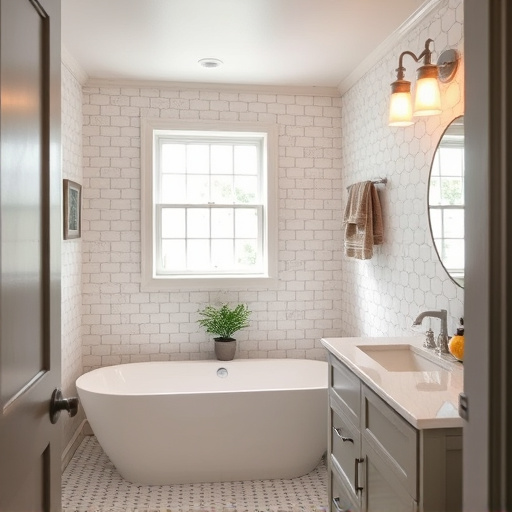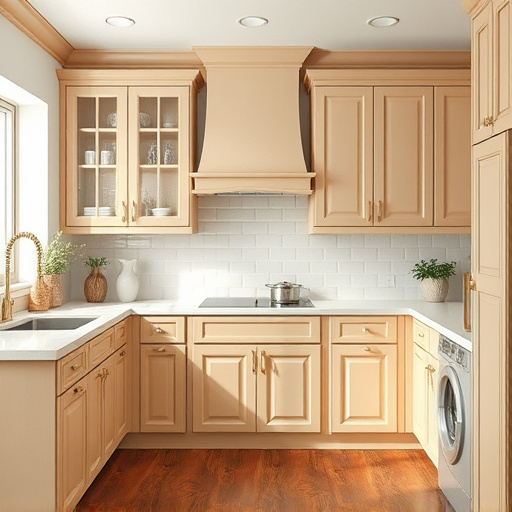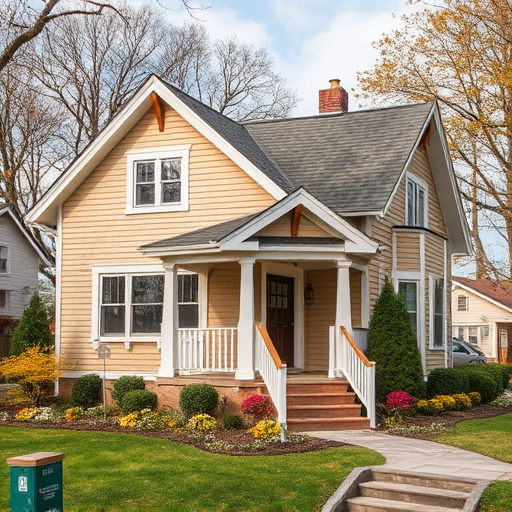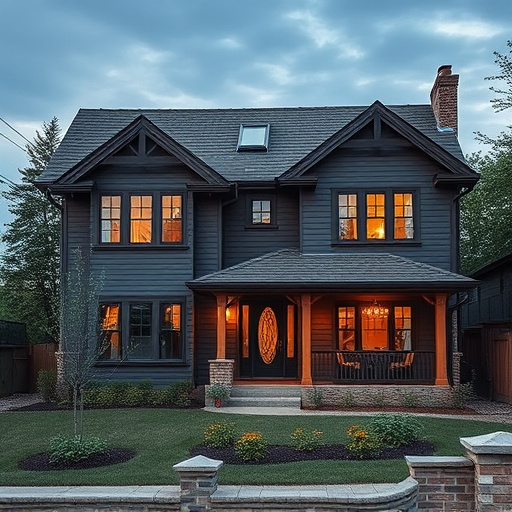When comparing flooring install costs, several key factors like material type, space size, removal of existing flooring, subfloor preparation, underlayment installation, complexity, installer skill, regional labor rates and material availability significantly impact the final price. Understanding cost comparisons for different flooring options—including hardwood, laminate, vinyl, and their eco-friendly or sophisticated alternatives—is crucial for both homeowners and renovation services in today's market. Labor rates and project complexity drive install costs, with intricate patterns, custom designs, or unusual floor plans increasing labor costs in residential settings. Commercial installs face elevated costs due to vast spaces, heavy traffic areas, and unique architectural elements requiring advanced techniques.
In the world of home improvement, choosing the right flooring install type can significantly impact your budget. This comprehensive guide delves into the cost comparison of various flooring installation methods, factoring in market trends, material costs, labor rates, and project complexity. We explore traditional versus modern techniques, such as floating floors and click-lock luxury vinyl, analyzing the benefits and price differences. Furthermore, we dissect detailed cost analyses for popular options like hardwood, carpeting, laminate, and vinyl, helping you make informed decisions for your flooring needs.
- Understanding the Factors Influencing Flooring Install Costs
- – Market trends and material costs
- – Labor rates and project complexity
Understanding the Factors Influencing Flooring Install Costs

When comparing flooring install costs, it’s crucial to understand that several factors can significantly influence the final price tag. These include the type of flooring material chosen—hardwood, tile, carpet, or vinyl each comes with varying price ranges and installation complexities. The size and layout of your space play a critical role too; larger areas require more materials and labor, impacting the overall cost. Additionally, considerations like removing existing flooring, preparing subfloors, and installing underlayments can add or subtract from the expenses. For instance, in home additions or kitchen remodels, where floor plans might be redesigned, additional work may be needed.
Other influencing factors include the complexity of the installation process—simple straight-line layouts are generally less expensive than intricate designs or custom patterns. The skill and experience of installers also factor in; professional contractors with specialized knowledge in home renovation projects tend to command higher rates but often deliver more precise, long-lasting results. Moreover, flooring install costs can vary based on regional labor rates and the availability of materials, making it essential to gather quotes from multiple providers for an accurate comparison.
– Market trends and material costs

In today’s market, understanding the cost comparison of different flooring install types is crucial for both homeowners and renovation services looking to transform their living spaces. Material costs play a significant role in determining the overall budget for any flooring project. According to recent trends, the prices of common flooring materials like hardwood, laminate, and vinyl have seen fluctuations due to various factors, including global supply chains and increasing demand in popular markets such as bathroom remodels and interior painting projects.
For instance, natural hardwood floors, known for their timeless elegance, often carry a higher price tag compared to synthetic alternatives. However, the rising popularity of eco-friendly and sustainable living has led to a growing preference for engineered or solid wood flooring options, which might offer better value in the long run. Meanwhile, laminate and vinyl flooring materials have become increasingly sophisticated, mimicking the look of natural materials while providing affordability and durability, making them attractive choices for both budget-conscious homeowners and professional renovation services.
– Labor rates and project complexity

The cost of flooring install can be heavily influenced by labor rates and project complexity. In residential settings, labor accounts for a significant portion of the overall expense, as skilled installers are essential to ensure durability and aesthetic appeal. The complexity of the job—whether it involves intricate patterns, custom designs, or the need to accommodate unusual floor plans—plays a crucial role in determining labor costs. Home additions and renovation services often require more specialized knowledge and tools, driving up labor rates compared to straightforward flooring install jobs.
For larger-scale projects, project complexity can lead to substantial variations in pricing. Commercial flooring installs, for instance, might involve working with vast spaces, heavy traffic areas, or unique architectural elements that necessitate customized work. These factors not only increase labor costs but also require a deep understanding of materials and installation techniques tailored to specific settings, ensuring longevity and performance under demanding conditions.
When comparing different flooring install types, understanding market trends, material costs, labor rates, and project complexity is key. These factors significantly influence the overall pricing, making informed decisions crucial for budget-conscious homeowners. By weighing these aspects, you can choose the most suitable flooring install method that aligns with your financial goals without compromising quality. Remember, a thorough analysis of flooring install costs can help you make a well-informed choice for your next renovation project.














